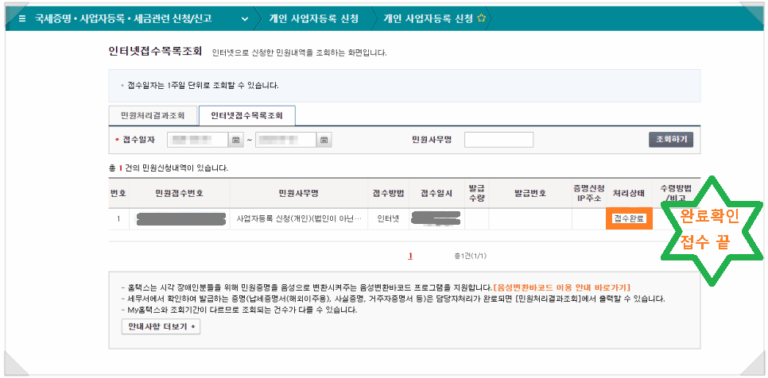
South Korea DMZ Security Explained: What’s the Difference Between GP and GOP?
Understanding the Real Frontline on the Korean Peninsula
Since the Korean War, the Korean Peninsula remains the world’s only divided nation. At the heart of this division lies the DMZ (Demilitarized Zone), along with GOPs (General Out Posts) and GPs (Guard Posts) that monitor and defend it. These are not just military facilities but critical structures that manage tension and prevent conflict between North and South Korea. In this article, we explain the differences and roles of these three key elements to help you better understand Korean Peninsula security.

The Frontline Story Inside the DMZ
What is the DMZ?
The DMZ (Demilitarized Zone) was established under the 1953 Korean War Armistice Agreement as a military buffer zone. It stretches 2 kilometers south and 2 kilometers north of the Military Demarcation Line (MDL), making a total width of 4 kilometers.
Within this zone, weapons deployment and military installations are prohibited, and troop movement is strictly controlled. The primary purpose of the DMZ is to prevent military clashes and ease tensions between North and South Korea, playing a vital role in Korean Peninsula security.
Location and Role of the GOP
The GOP (General Out Post) is located just south of the DMZ, near the Southern Limit Line (SLL). It is a frontline defensive line established along the border fence.
GOP units are stationed here to prevent unauthorized incursions into the DMZ and to monitor the southern border area. They carry out patrols, guard the fences, and perform reconnaissance. Multiple smaller posts (“Posts”) are connected within the GOP, effectively serving as forward bases. While GOPs do not enter the DMZ itself, they play a vital role in maintaining security in the border area.
Location and Duties of the GP
The GP (Guard Post) is situated inside the DMZ, between the Military Demarcation Line (MDL) and the Southern Limit Line (SLL). This means it is closer to the frontline, directly adjacent to North Korean territory.
GPs are high-risk outposts responsible for real-time surveillance of North Korean troop movements. These posts are primarily manned by reconnaissance companies under strict and tense conditions. Access is heavily restricted, not only for civilians but also for most military personnel. GPs operate under rigorous command and control systems to maintain security and readiness.
GP vs. GOP — At a Glance
| Aspect | GP (Guard Post) | GOP (General Out Post) |
|---|---|---|
| Location | Inside the DMZ (between MDL and SLL) | Outside the DMZ, near Southern Limit Line (SLL) |
| Mission | Real-time surveillance of North Korean activity | Prevent DMZ intrusion, monitor southern border area |
| Personnel | Primarily reconnaissance companies | GOP battalion |
| Risk Level | Extremely high (direct contact with North Korea) | Relatively lower |
| Accessibility | Strictly restricted | Relatively accessible |
Why This Structure Matters
The DMZ, GP, and GOP are more than just military terms—they form the structural backbone of South Korea’s national defense system and the security framework of the Korean Peninsula. The GP represents the closest surveillance points right at the edge of North Korean territory, the GOP serves as a buffer line defending the front, and the DMZ acts as a neutral zone preventing direct clashes.
This delicate balance of surveillance, defense, and diplomacy embodied by the DMZ, GP, and GOP is critical to maintaining peace on the Korean Peninsula. Beyond their defensive roles, these structures also serve as a strategic foundation for swiftly responding to provocations from North Korea. Understanding these concepts provides key insight into how South Korea’s military operates to uphold stability and deter conflict in one of the world’s most sensitive border regions.
“I hope this article helps you understand the importance and differences between GP and GOP.”
🇰🇷 South Korea vs 🇰🇵 North Korea Military Strength (2025)
| Category | South Korea | North Korea |
|---|---|---|
| Global Military Rank | 5th | 34th |
| Power Index (PwrIndx) | 0.1656 | 0.6016 |
| Population (Total Manpower Base) | ~51 million | ~26 million |
| Active Personnel | ~500,000 | ~1,200,000 |
| Reserve Forces | ~3,100,000 | ~600,000 |
| Tanks | ~2,500 | ~6,000 |
| Aircraft | ~1,600 (fighters, transports included) | ~900 |
| Naval Assets | ~160 (including submarines) | ~420 (mostly small vessels) |
| Nuclear Capability | No domestic nuclear weapons, relies on U.S. nuclear umbrella | Possesses nuclear weapons, active missile program |
| Defense Budget | ~3.5% of GDP (2025 expansion plan) | Unclear, limited by economic constraints |
Key Insights
- South Korea: Ranked 5th globally, with advanced technology, strong air and naval forces, and reinforced by the U.S. alliance. Defense spending continues to rise, focusing on modernization.
- North Korea: Ranked 34th globally, with large manpower and tank numbers but outdated equipment. Its main strength lies in nuclear weapons and ballistic missiles, which serve as strategic deterrence.
👉 In short: South Korea emphasizes modern, high-tech defense with allied support, while North Korea relies on sheer manpower and nuclear deterrence.
view korean version





